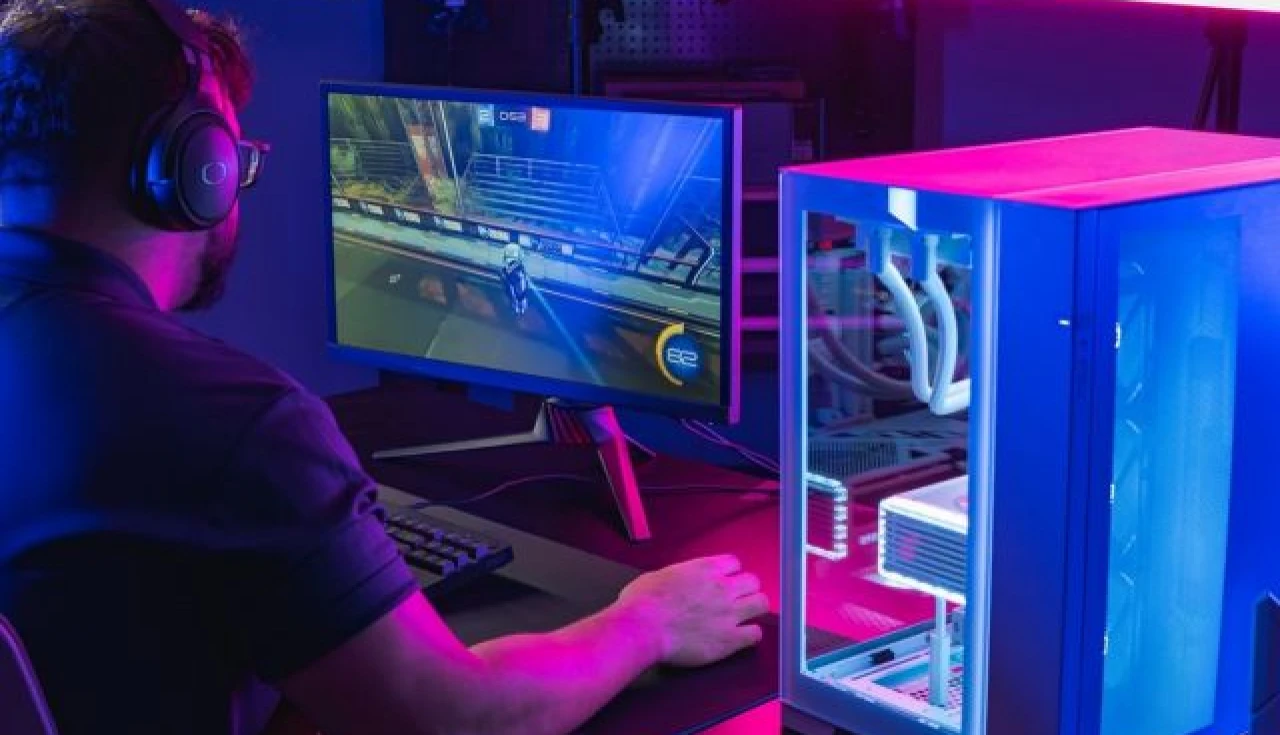After building your custom PC, one crucial decision remains: which operating system (OS) should you install? The OS affects everything—from hardware compatibility and performance to security, software availability, and daily usability. This guide will help you decide between Windows, Linux, and other OS options, depending on your needs, preferences, and budget.
Windows – The All-Rounder
Pros
- Broad software compatibility: Ideal for gaming, content creation, office apps.
- Driver support: Manufacturers prioritize Windows drivers.
- User-friendly UI: Familiar interface with easy updates via Windows Update.
- Gaming ecosystem: Supports Steam, Epic, Game Pass, and AAA titles with DirectX 12.
Cons
- Licensing cost: Windows 11 costs about $140 USD (unless included with your build).
- Background bloat: Some pre-installed apps and services may impact performance slightly.
- Privacy settings: Requires manual adjustment to limit telemetry and data collection.
Best For
- Gamers, power users, professionals needing Adobe Suite, MS Office, and AutoCAD.
Linux – The Free, Open-Source Alternative
Pros
- Free and open-source with no license fees.
- Highly customizable: Choose from many desktop environments.
- Excellent for servers, programming, and privacy-focused use.
- Many distros are lightweight and run efficiently on moderate hardware.
Cons
- Limited game compatibility: Works well with native Linux games and via Proton (in Steam).
- Learning curve: Command-line skills often needed for troubleshooting.
- Hardware quirks: Some peripherals or graphics drivers may lack full support (especially Wi-Fi and printers).
Best For
- Developers, privacy-conscious users, those who want a highly customizable system.
macOS – Not an Option
macOS is tailored for Apple hardware with unique licensing restrictions; it’s not suitable or legal for custom-built PCs.
Dual-Boot: The Best of Both Worlds
Installing both Windows and Linux lets you choose the OS at startup:
Benefits
- Run Windows-only apps/games while using Linux for privacy, coding, or light tasks.
- Share files between OSes via a shared NTFS partition.
Drawbacks
- Requires more storage and careful bootloader setup.
- You’ll need to restart to switch environments.
Other OS Options
- Chrome OS Flex: Lightweight, fast, ideal for web-based tasks.
- SteamOS: Gaming-focused Linux distro optimized for controllers and big-screen use.
- BSD variants: Good for network servers but less user-friendly for beginners.
Choosing the Right OS
Here’s a quick decision guide:
| User Type | Best OS Option |
|---|---|
| Casual gamers | Windows |
| Competitive gamers | Windows (game-specific) |
| Productivity/business | Windows (Office, Adobe users) |
| Developers | Linux or dual-boot |
| Privacy enthusiasts | Linux |
| Media labs / servers | Linux (Ubuntu Server, CentOS) |
| Budget users | Linux or Chrome OS Flex |
Install Checklist
- Choose your OS based on your needs.
- Create a bootable USB installer (Media Creation for Windows; Rufus + ISO).
- Install OS and partition wisely for dual-boot setups.
- Install hardware-specific drivers and updates.
- Set up backup tools (Windows: File History; Linux: Timeshift or rsync).
- Configure software environment: office suite, VLC, Steam, dev tools, etc.
Wrapping Up: OS = Experience
Your choice of operating system shapes your daily computing experience. Whether it’s the seamless compatibility of Windows or the openness of Linux, pick the OS that aligns with your tasks, comfort level, and future needs. For the best of both worlds, dual-booting is a great solution.
Next Topic
“How to Set Up Backups and Recovery Systems for Your Custom-Built PC” is next in line—let me know when you’re ready!
Visual Overview
Here’s an illustrative image to help visualize choosing between Windows and Linux for a custom PC setup:
